In this month’s blog post we continue to look at some of the key elements embedded in collaboration through the book Birds of a Feather.
The book was a collaborative exercise involving the guests of OpStap, a day centre for recovering drug addicts in Ghent, a designer, a writer (I was the writer), and a photographer.
It’s a book where basic elements of collaboration such as creativity, community, consent, authorship, and the right to edit are central to the project.
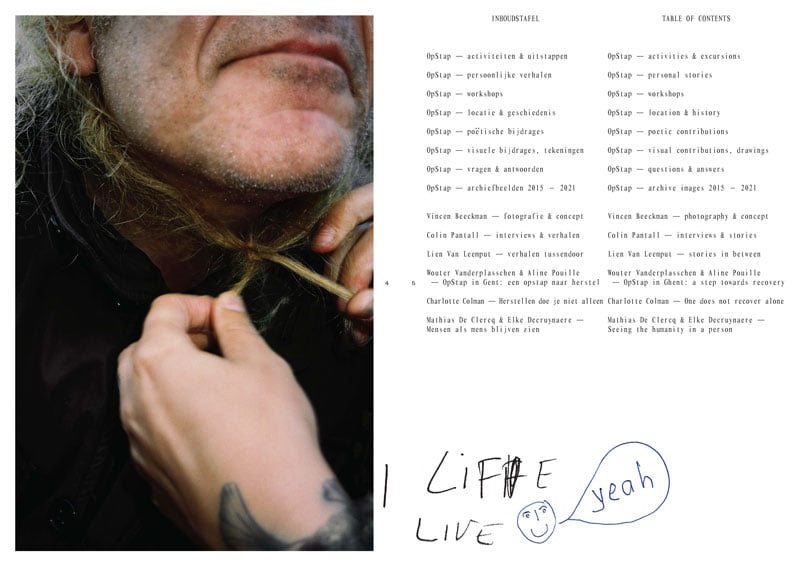
Image 1: Extract from Birds of a Feather
At the end of November 2023, on a dull Sunday afternoon, I visited Tate St Ives. It was a community arts day, and a dance group was about to perform in the museum atrium. I like dance so I settled down to watch.
The dance group is called Shallal. It’s an inclusive community group with a diverse membership with different abilities. Their dance is an improvised collaboration that on this occasion, incorporated art-making and the voice of Barbara Hepworth.
It is a beautiful performance in which the creative spirits of the dancers are given freedom to flow over the atrium floor. You can feel the energy of the dancers, the love of movement, of touch, the freedom of expression that is part of the ethos of the company.
The Shallal statement says that the company ‘…believes that everyone in society should have access to creativity, an equal voice and the opportunity to discover their potential… We believe in the positive contribution the arts can bring to our communities and to our health and wellbeing.’
The ideas in the statement are embedded in the dance that I see. There is no overclaiming, no jargon that alienates. It is a statement that celebrates the joy of creation, and places the focus on the dancers, not the facilitators, the choreographers, or the political intricacies that are embedded in the work. It is a manifesto of what collaboration can be.
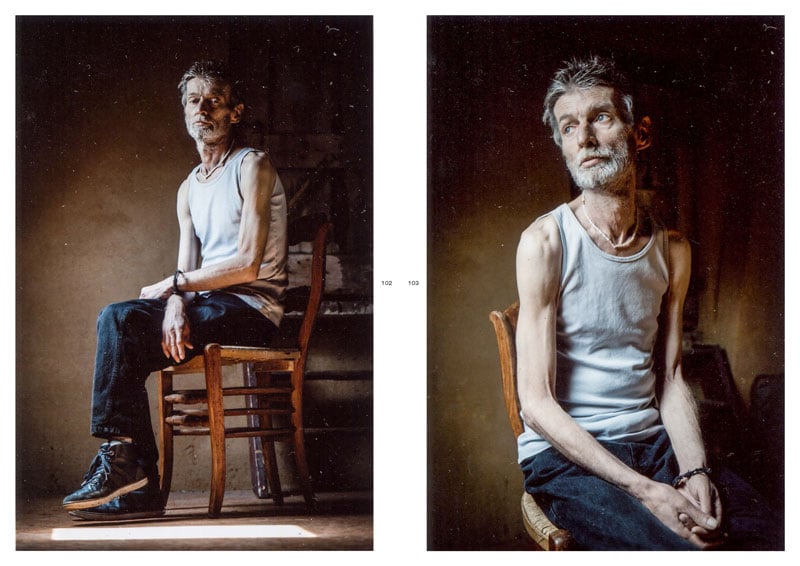
Image 2: Extract from Birds of a Feather
In collaborative photography, it is more difficult to find this spirit of creativity. The recent Collaboration: A Potential History of Photography is more of a series of political statements, and comes with a complex lexicon of its own making, including a glossary of the different parts of the book.
But there are some projects that jump out with the celebratory nature of the work that is made, and one of these projects is Birds of a Feather. It’s a project that came into being over a series of workshops, interviews, excursions and editing sessions that resulted in the publication of a book in 2021.
While the project was ostensibly led by photographer Vincen Beeckman, creativity and a handing over of editorial control is central to the project.
So though Beeckman was the key photographer on the project and secured its funding, the management of workshops, design, writing, and editing of the project was passed on to other members of the group; the guests of Opstap, the designer and facilitator Lien van Leemput, and the writer (myself).

Image 3: Extract from Birds of a Feather
Creativity
Many of the creative elements came from van Leemput. “Vincen contacted me and said they were doing an interesting project in Ghent and would I like to be the designer for it,” she says. “But I don’t feel like a designer on this project. I’ve done so many things for this book – I’m a writer, an editor, I run workshops, I talk to people, I listen. And I think that process is designed into the book. The process of making the book mirrors the process of how OpStap works; everything happens at the same time, and one thing connects and leads to another.”
So there are words, the pictures Beeckman made, interviews, the pictures, poems, and sketches of the guests of Opstap, as well as the result of van Leemput’s workshops. It’s a difficult mix to design with.
“I try to make the pictures not take all the attention. I want people to settle on the words. Through my design, I want people to settle on snippets of text so that people get the second layers of meaning. Words and images are equal in this book. So I started building up the book spread by spread.”
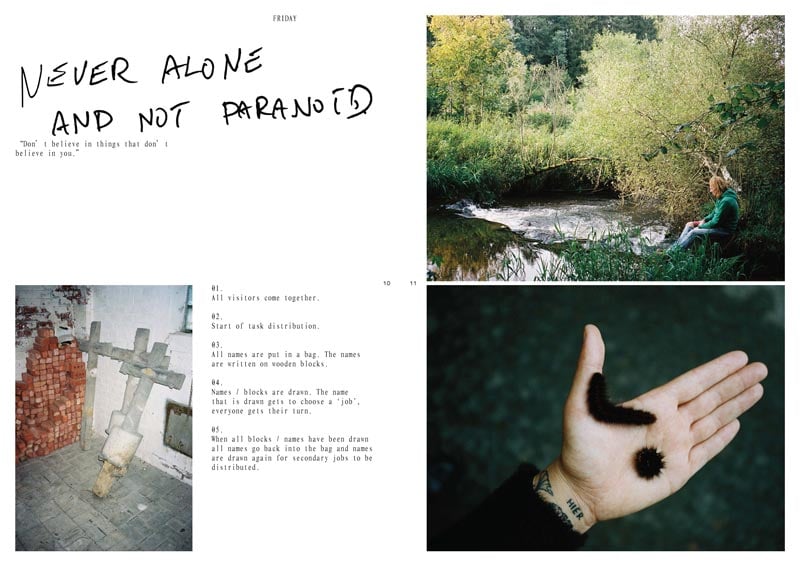
Image 4: Extract from Birds of a Feather
Collaboration and Listening
Beeckman echoes the multi-layered approach, one in which he passes over authorship and control to other people taking part in the creative process – and making the energy of that creative process central to the project overall.
“It’s about listening to what happens,” he says, “and finding out who the person is, what their interest is, and through photography, through text, through drawings, to get some positive energy in some ways.
“With some of them I just try to find the ones who are really connected and outgoing… At first, the most outgoing people were Marcus and Eddie and Tom. I try to focus on them because then they will influence other people and they will say, oh look here are his pictures. He’s ok. And then other people come and join us. It’s very free and improvised. What is important is not to impose something, but to follow them in the steps that they take and follow them where they want to go.”
“So that’s how we get started and then we put the pictures up on the wall so people can see them and everybody knows that when I come they can come and talk to me, they can make a picture with me. They don’t have to tell me their whole life story, they can just spend five minutes with me and they also know that if I make a picture and they don’t like it, it won’t be published.”
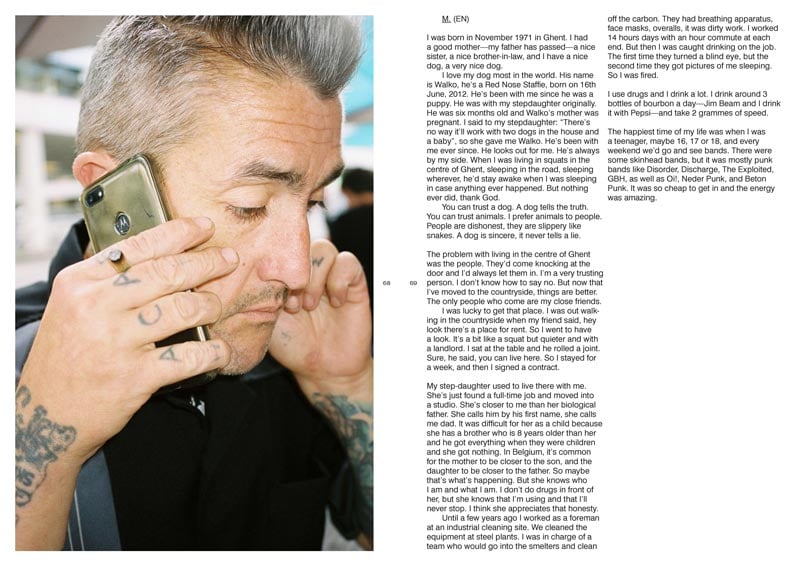
Image 5: Extract from Birds of a Feather
Community and Understanding
Interspersed in the book are the sketches guests made, their poems, their responses to van Leemput’s workshops, as well as broader thoughts on their family, their children, their life, with insights emerging that add depth and nuance (something Anthony Luvera highlights in his excellent work on collaboration and communities) to stories of addiction, insights that emerge from the shared sense of community in Opstap and the participants in the project.
“You come to Opstap,” says Lisette, “and you know there are people who will understand you. When I came out of prison I used to hold my keys tight in a fist. They were never loose, not for a year, I would never let them jangle. In Opstap people have been in prison, they understand that. They have been homeless. They know what it is to live day by day. They understand the power of sound, of a feeling, of a memory. If you haven’t been homeless or in prison or on drugs, it is difficult to understand that.”
“Now I just live my life as best I can. The past is like a shelf in a library. There are parts of me that are on that shelf that I will never go to or reopen. But they are there and I know they are there. There are other parts that I will look at and remember.”
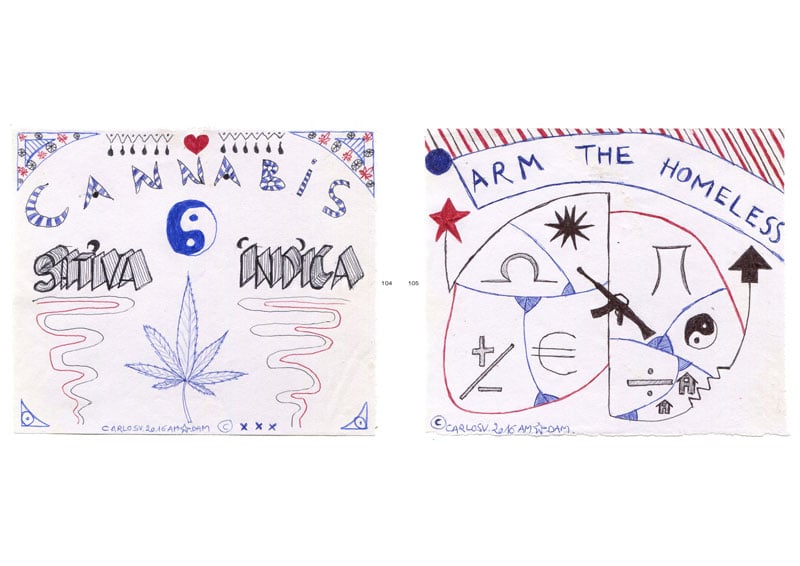
Image 6: Extract from Birds of a Feather
Authorship and Consent
It’s a small detail but the fact that all the different people involved in the making of the book are mentioned on the cover as co-authors is significant, as was the role that participants played in editing every part of the book.
All the photographs made by Beeckman, all the interviews, all the words and images created through van Leemput’s workshop, all the sketches, ideas, and notes on family, food, dogs, and addiction were constantly on view for guests to edit, adapt or veto.
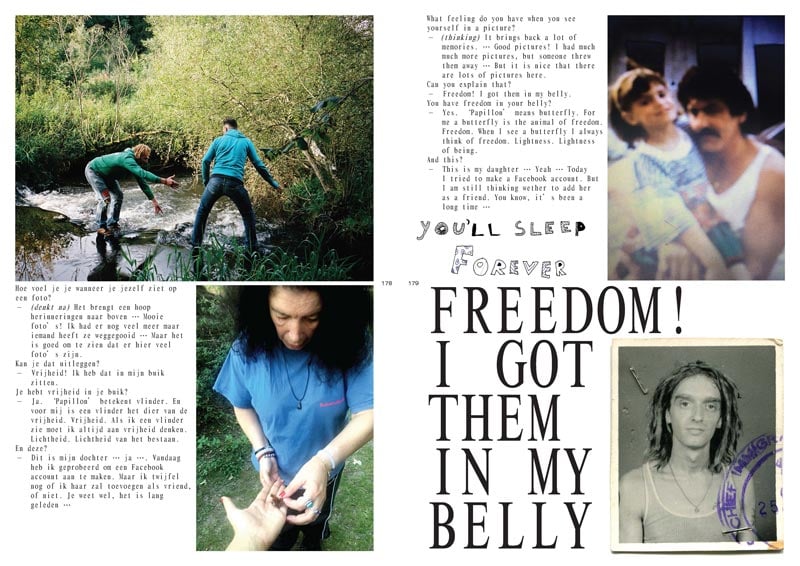
Image 7: Extract from Birds of a Feather
The final editing session in the whole project took place during an excursion to the Ardennes. Here the entire group went through the book in draft form. If somebody didn’t want an image included, it would be taken out, if they wanted to change text, it would be changed. Informed consent in the collaborative process was apparent, and led to a shared sense of authorship.
“We spent 3 days there,” says Beeckman, “we stayed overnight and did activities, and then looked at the book together with Lien. We added some fresh material, got some final input from them, and got different energies by being in the countryside, by being with them at night. It was a different situation to being in Opstap, or Ghent.”
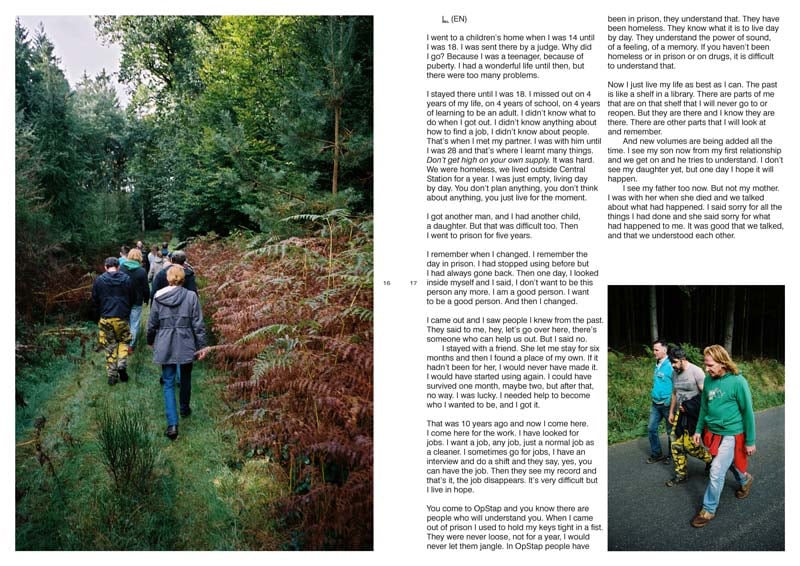
Image 8: Extract from Birds of a Feather
.webp)

 Colin Pantall is a photographer, writer and lecturer and teaches on the
Colin Pantall is a photographer, writer and lecturer and teaches on the 



